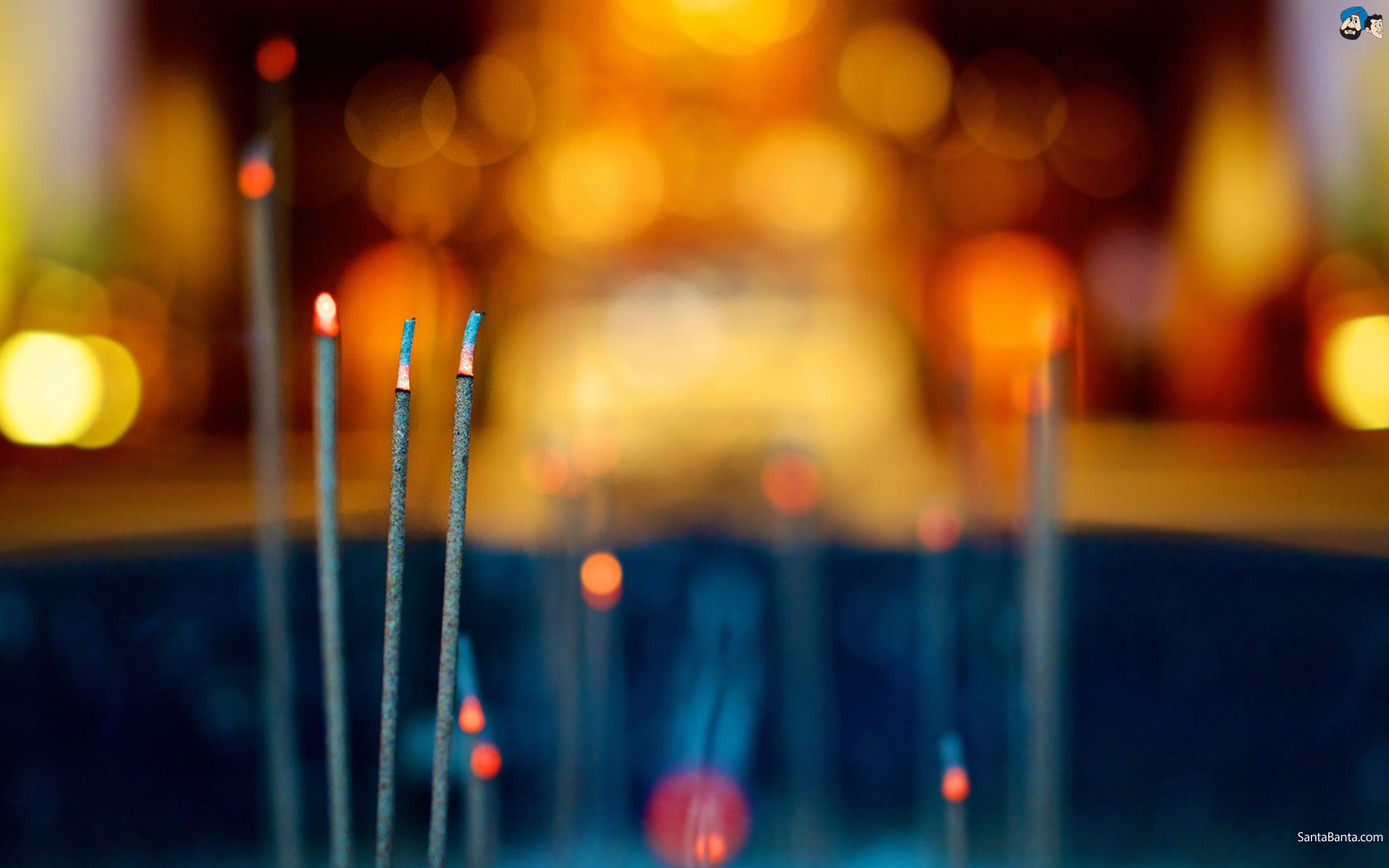Bowing
We are going to bow to give thanks to the image of Siddhartha Buddha. The statue is not Buddha; it’s just a piece of wood. Bowing to the image has several functions. What are they?
Answer (Andrew)
One function is to get rid of your ego.
Comment (Sifu)
Yes. You want to learn from someone much wiser than you: Buddha. If you’re not humble, then it doesn’t make sense.
I have never wanted to teach Tai Chi to someone who isn’t humble because it’s too difficult. I can tell you a million times to bring power from the foot, relax the shoulder, open the chest; I don’t want to deal with your ego which is stopping you from doing what I tell you. Even if a teacher accepts you, if you aren’t humble you won’t concentrate well enough to learn.
Answer (Sean Rat)
Buddha taught that every life has the same potential to become Buddha, so we’re bowing to that potential in ourselves, to awaken that ability.
Comment (Sifu)
The statue shows you how to make your posture correct. The centre is straight. The shoulders are at 45 degrees, round, relaxed, no tension. The smile is joyful not grinning like when someone takes your photo. The eyes are observing, not staring or looking for something.
It has these details for you to learn. You want to be strong and relaxed, able to see through everything. You want to have this calm and this wisdom to observe, this strong body free from tension to support you as you develop your consciousness.
So the image of Buddha is for learning, not for bowing to a god. Buddhism says there’s no such thing as a god who is higher than everyone else because everyone can become Buddha. Siddhartha is just a teacher; one day you can graduate and become just like him.
Answer (Giant Dog)
Bowing is a discipline.
Comment (Sifu)
Every time you remember these first two – humility and learning – and continue to do them again and again, it becomes a discipline. If you have no discipline in life, you develop nothing. “I’ll do it today. No, I’ll do it next week.” A week later, “I’ll do it next month.” A month later, “I’ll do it next year.” It will never happen. Nothing appears without discipline. Discipline is the key to making progress. Bowing is one type of discipline.
Answer (Sean Pig)
We bow to ask for guidance or help. Because the Buddhas have no ego, there’s no cause for them to help us unless we ask.
Comment (Sifu)
Buddha has already reached perfect consciousness. A perfect consciousness doesn’t have a physical body like us – this is high level – but this universe and the whole system still exist.
If there’s a car that has an engine, then there must be someone who designed it, and someone who is able to control that engine or fix it when it breaks. The whole universe is a system, and behind that system is a perfect consciousness able to fix it, but he doesn’t fix it with ego. You have to ask, and then he will help you.
If the Buddhas were here to fix all your problems, to do everything for you, then you would have no life. You would wait and wait and nothing would happen. You would become extremely lazy and have no life.
Many people have a dream, “Why is life not so perfect that I don’t have to do anything?” But if that happened to you, you wouldn’t want it. You’d become so lazy and bored that you would want to end it, but you wouldn’t have the power to end it. If a perfect consciousness Buddha did everything for you, you wouldn’t want to learn anything: you would be too lazy. So they will help you to learn, but they won’t give you everything.
Bowing is a way to connect to them and ask them to help you. Many people have bowed and connected to Buddha, then seen a spiritual light, seen a spiritual sign, seen a spiritual lotus, seen a bodhisattva, seen a Buddha, seen a spiritual space, a spiritual temple, or a spiritual universe. It’s hard to understand if you haven’t experienced it.
This post is taken from a talk by Forever Wisdom Forest on 27 November 2011 at the dojo in Sydney.

Leave a Reply